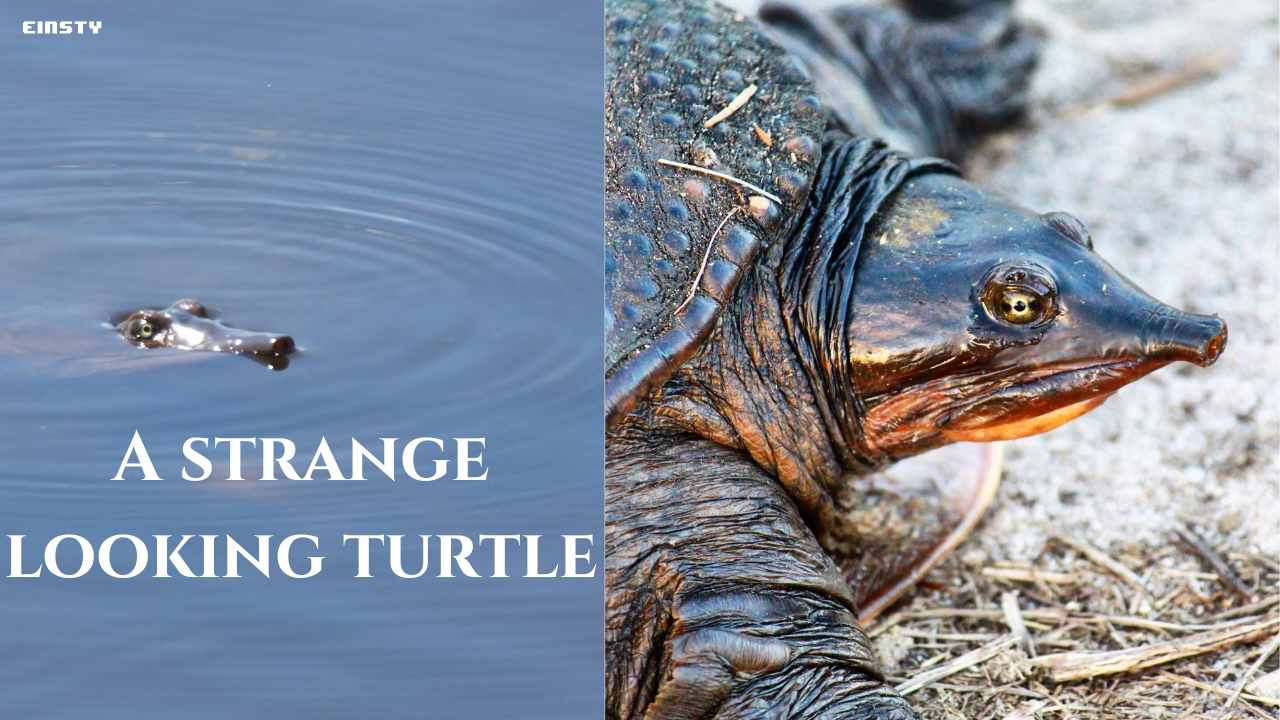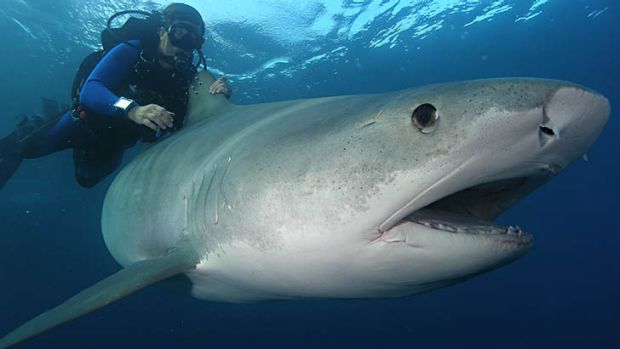A unique, mysterious, and critically endangered animal lives in the calm waters of Southeast Asia: the Burmese narrow-headed softshell turtle (Chitra vandijki). This aquatic species, which is renowned for both its unusual look and enormous size, is a gentle giant that has drawn the interest of conservationists all over the world.
An Unusual Look
One of the biggest freshwater turtles in the world, the Burmese narrow-headed softshell turtle has a carapace that measures at least one meter (3.3 feet) long. Despite their size, the heads of these turtles have surprised scientists and turtle enthusiasts by being so small. Their slate-colored, flexible, leathery carapaces blend in perfectly with the murky riverbeds they live in. Their stripy necks, pointy heads, and short snouts add to their peculiar charm.
A Home in the Rivers
The Burmese narrow-headed softshell turtle is a fully aquatic species that is native to Myanmar, more especially the drainage basins of the Irrawaddy and Chindwin rivers. They might also live in the Sittaung River, according to speculation. These turtles are a hidden gem of the rivers they live in because they rarely leave the water. They spend their entire lives in the water.
Mysterious Behaviors
The ecology and behavior of these turtles in the wild are poorly understood. They are hard to study because of their elusive nature and entirely aquatic lifestyle. What is known, though, is that their survival depends critically on the condition of their riverine ecosystems.
Threatened by extinction
The narrow-headed softshell turtle of Burma is critically endangered in terms of conservation. Their populations are thought to be rapidly declining, mainly as a result of overharvesting for southern China’s food markets. Although such actions have not yet been taken, the creation of a protected area around a portion of the Irrawaddy and Chindwin rivers may help with their conservation.
Conservation Efforts
On July 23, 2018, members of the Wildlife Conservation Society (WCS) and Turtle Survival Alliance (TSA) took action in Myanmar as a hopeful step toward protecting turtles. On the banks of the Chindwin River, they dug up female turtle nests and moved them to a hatchery in Linpha Village that is protected. As part of this endeavor, the critically endangered Batagur trivittata turtle (raised in Burma) had its eggs incubated. As a result, on September 30, 67 individual Burmese narrow-headed softshell turtles successfully hatched.
The Road Ahead
A sobering reminder of the impermanence of our natural world is the predicament facing the Burmese narrow-headed softshell turtle. We run the risk of eradicating not just a species but also a portion of the abundant biodiversity on our world if we keep encroaching on their habitats and taking advantage of their populations. We must act now to safeguard these gentle giants before it is too late. The Burmese narrow-headed softshell turtle may yet flourish in Southeast Asian rivers with greater awareness, conservation initiatives, and habitat preservation.
To sum up, the narrow-headed softshell turtle of Burma is a species that needs our care and attention. We can work toward a future where they are no longer in danger of going extinct but rather are a thriving example of successful conservation efforts by realizing their importance and the threats they face. These amazing animals should not be forgotten since they are an essential component of the natural history of our planet.





